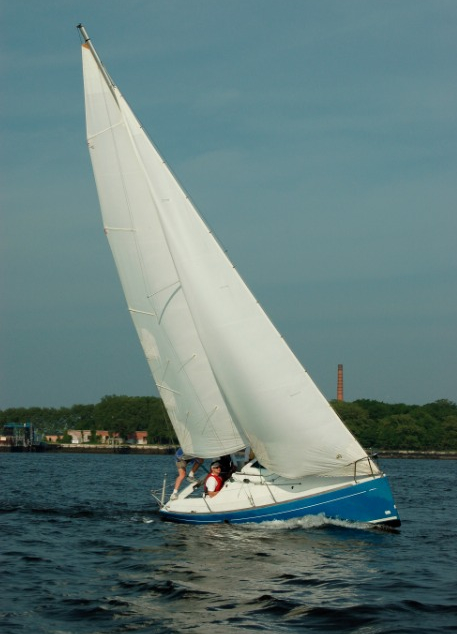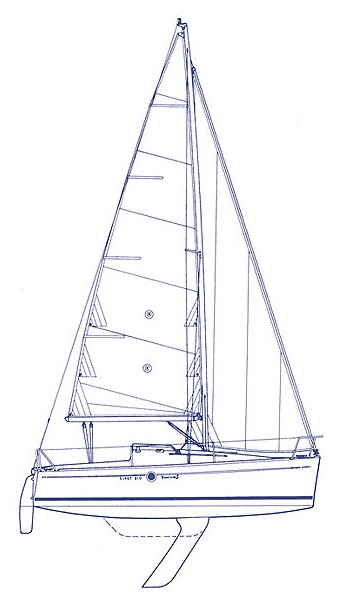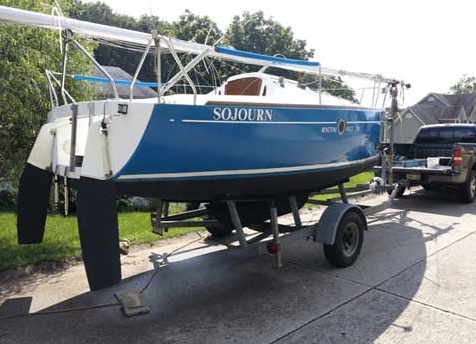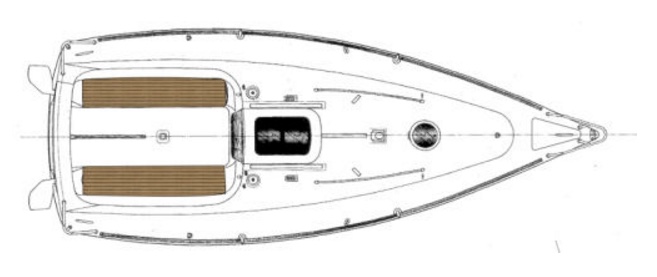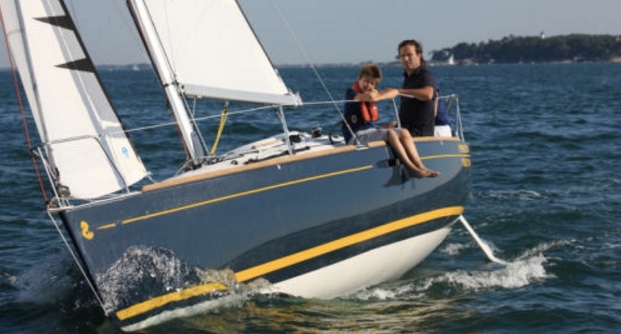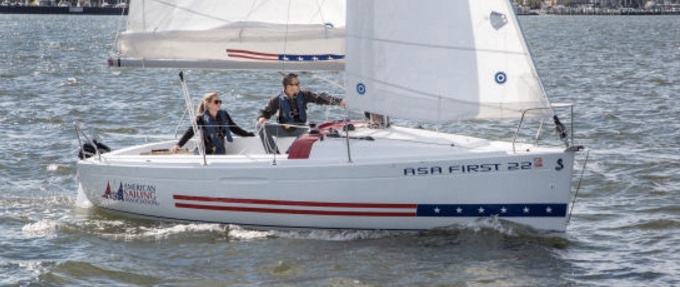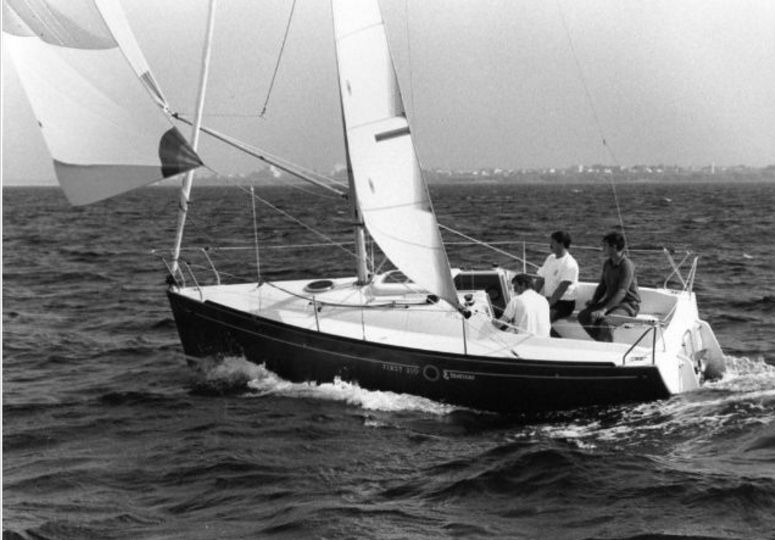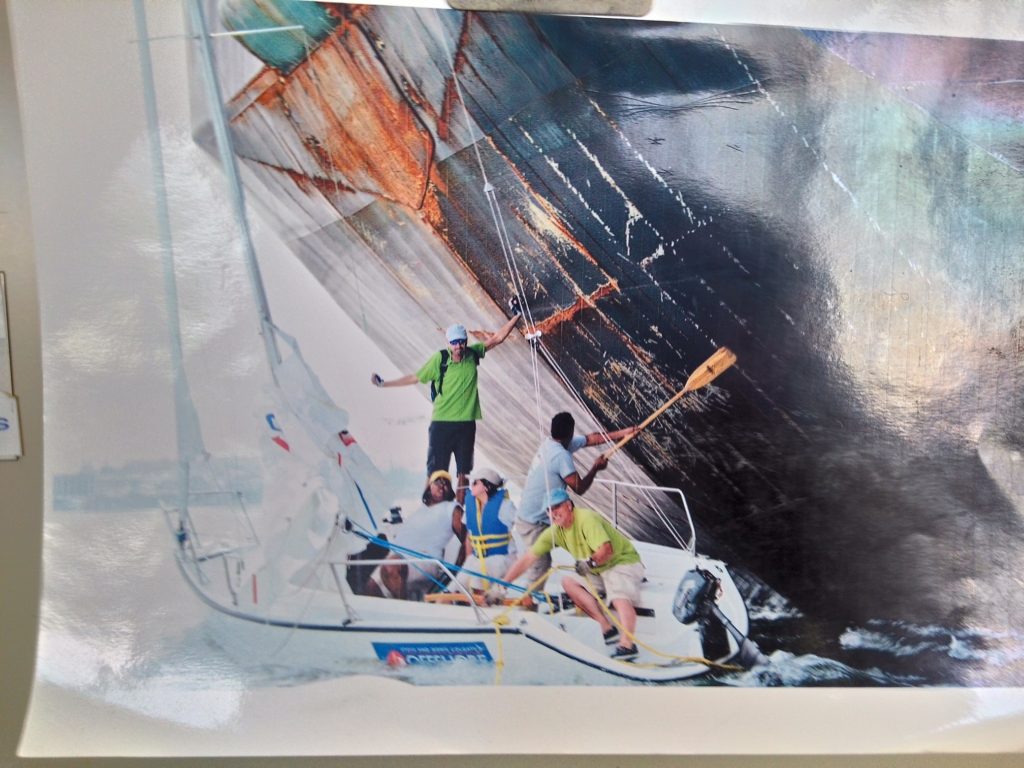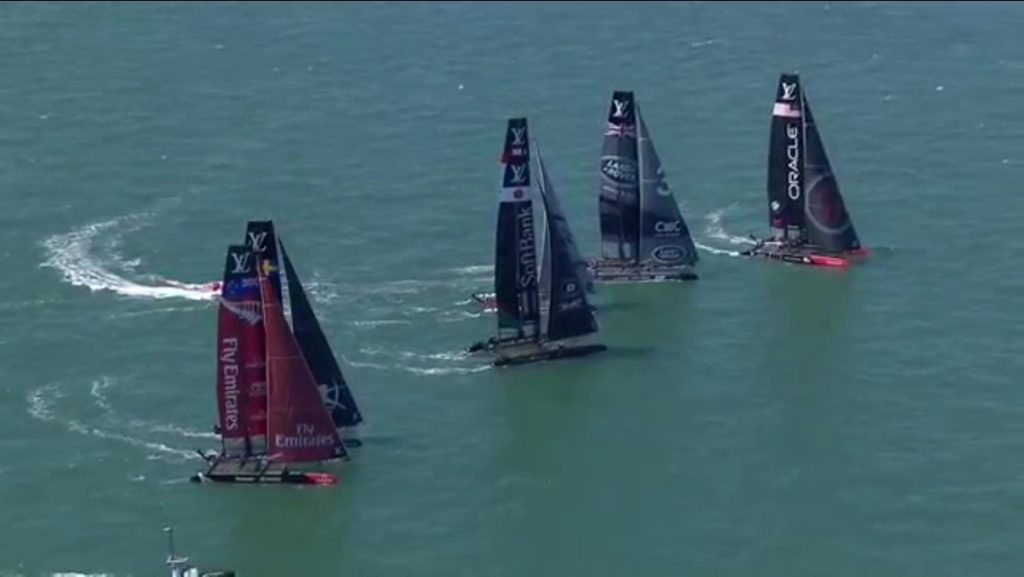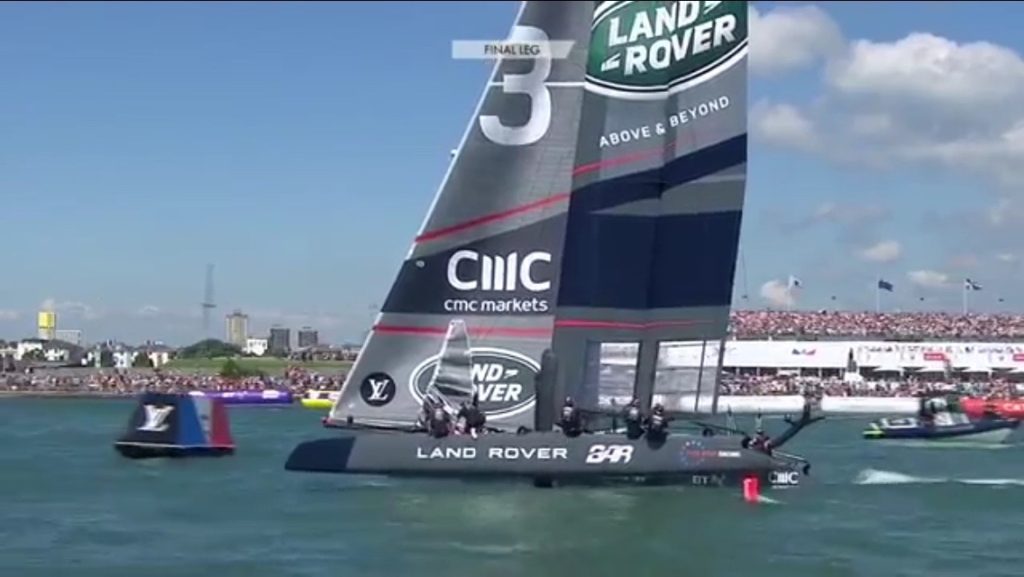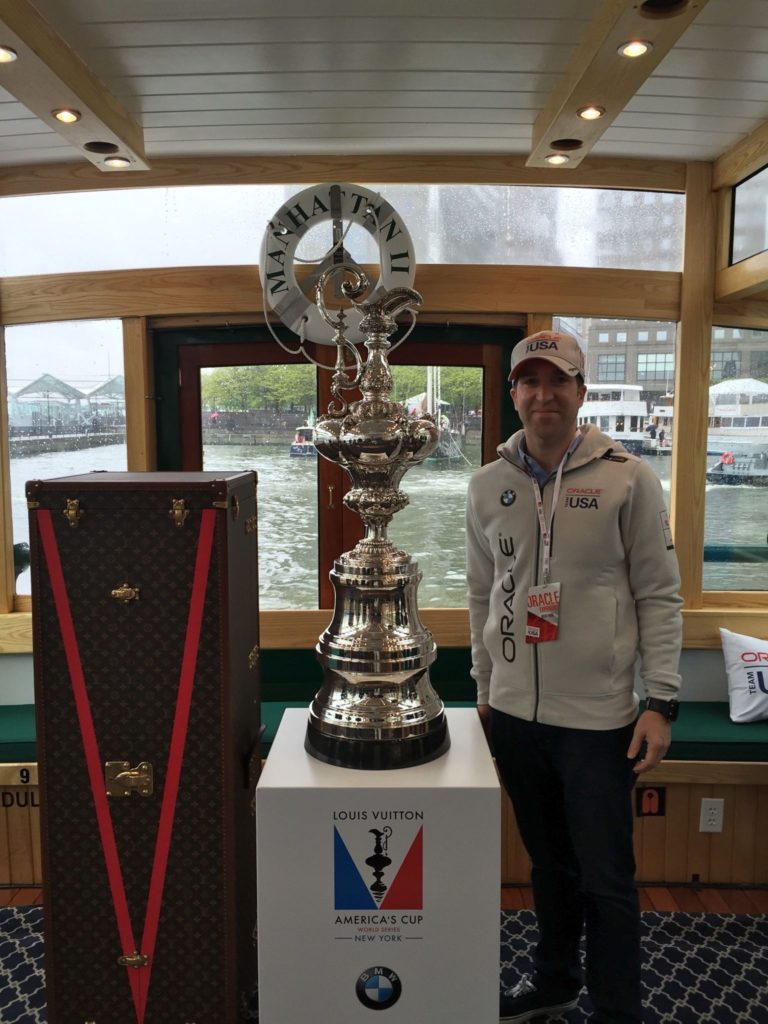…or is it no location? Or too many, so a school is confused about where it is?
Do two (or three) wrongs make a right (location)?
Wonder what percentage of you get the GoT reference of this post’s title. (If you don’t get GoT, let us know and we’ll bring you up to speed.)
Hint…
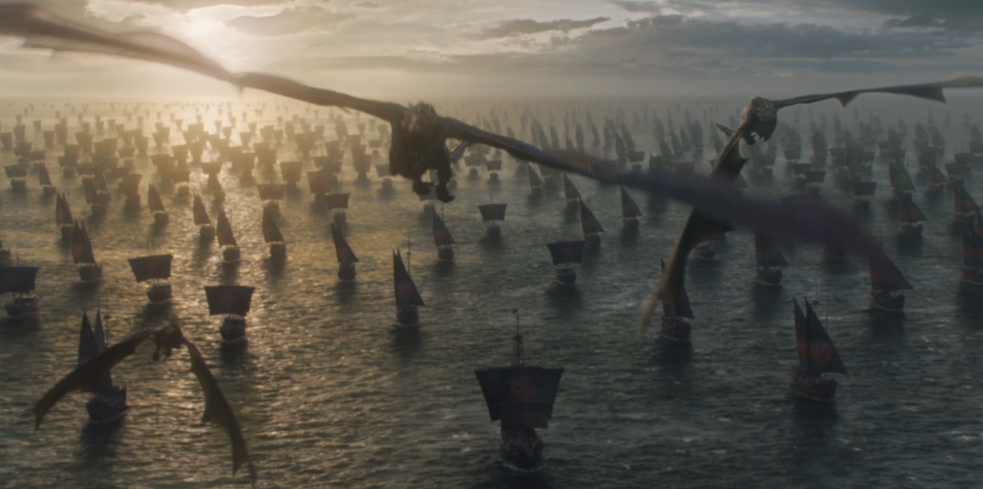
WTF am I talking about? Sailing schools who are geographically challenged and are either so confused they don’t know where they are – or want you to be so you sign up for their school at one of their dubious digs.
Example: a school is named after a geographic location. An island. They had to move from that island to a neighboring state. They still reference teaching at that original island in their blurb on the ASA School’s page. But a girl has to cross a river to get to them. (oops; there’s another GOT reference…)
Another example: a school has three locations, none far from the others (and all in our state). One moved across the bay it’s located in. Map page still shows it where it isn’t. At least it’s the right bay. One is entirely new. It’s listed on the ASA page as being in a particular Bay, where they say the sailing is Great. But a school is not in this bay. It is in another, far away, and the sailing is not in this tiny bay. A school sails in an inlet on an ocean. (And a school cannot hide from that ocean’s swells.)
What do we care? We like good old fashioned, straight up honest advertising. Plus, we’re very proud of our location. It’s extremely accessible from so many places, both by public transit and car. The area is insanely good for teaching sailing and just enjoying a day sail or a cruise.
Some schools have multiple locations. Some locations have multiple schools. Tiny little City Island, barely a mile and a half long, has historically been home to two sailing schools – sometimes just one, and for a time, three. Plus, it has two college sailing teams. Both those universities have campuses on Manhattan. But, they sail out of City Island. Finally – we have three yacht clubs on the Island and the vast majority of their members’ toys are sailboats.
We have had opportunities to add a satellite location at the “bay on the ocean,” on the Hudson, etc. We have always declined. Not worth having a location slightly more convenient to Manhattanites, or to spread ourselves around hoping to capture another demographic, just to take clients’ money and give them a piss-poor education and experience that, if they even learn properly from, they’ll soon outgrow.
A school has an ethic.
